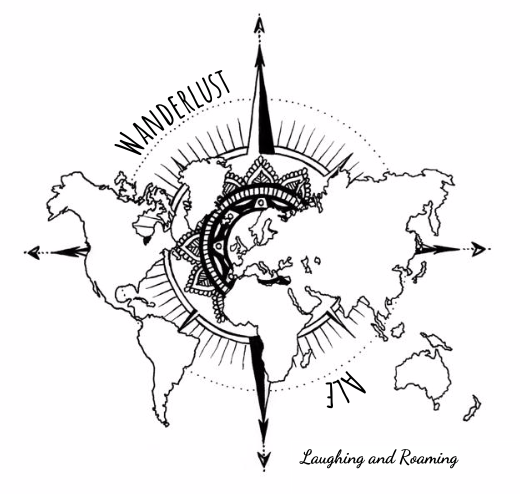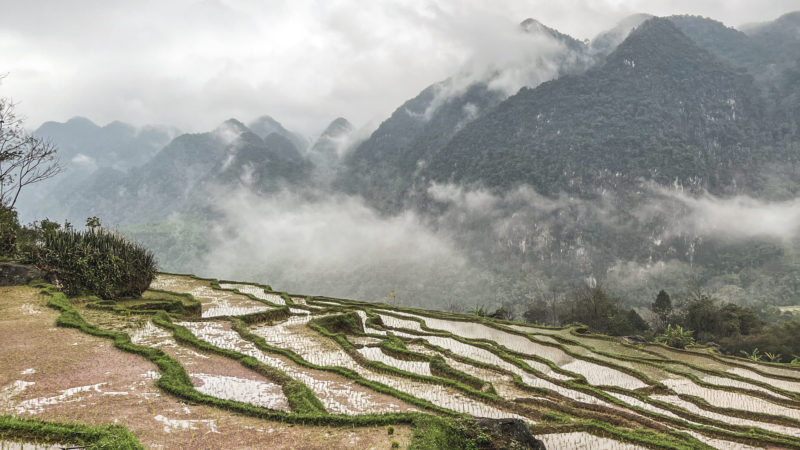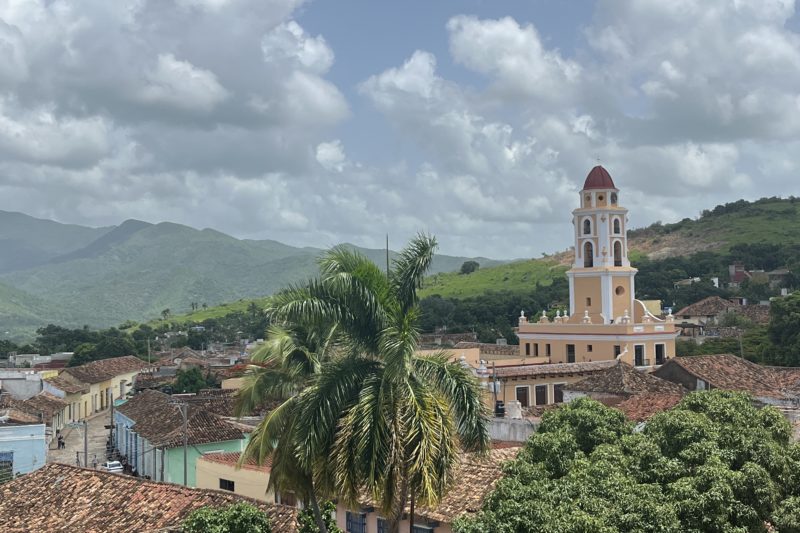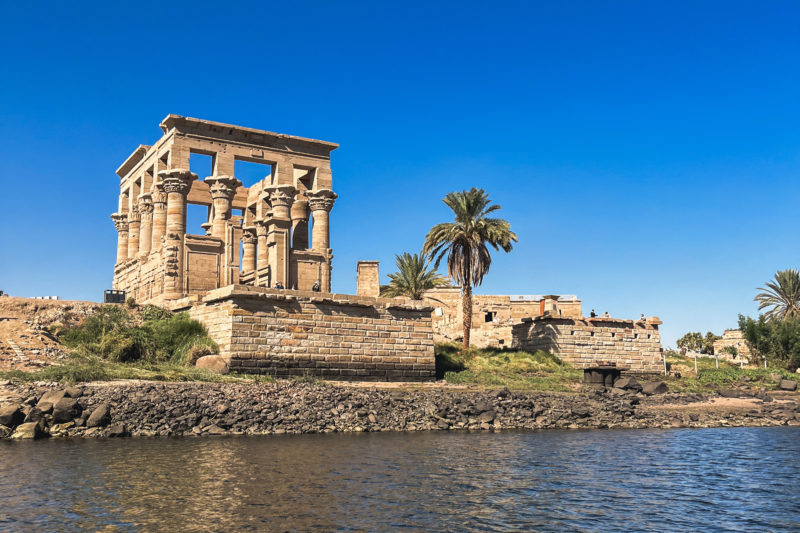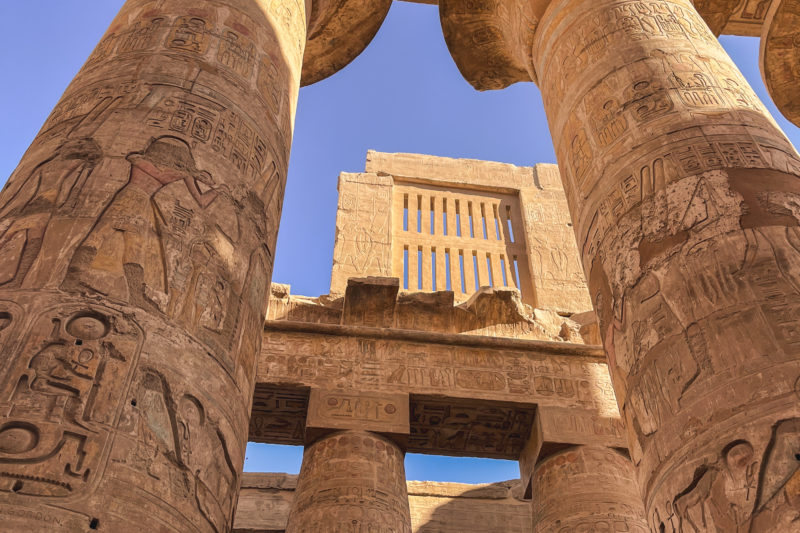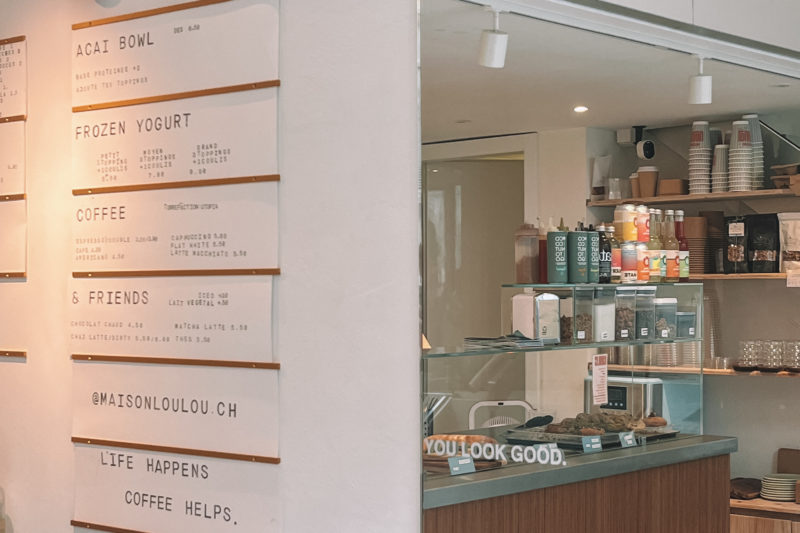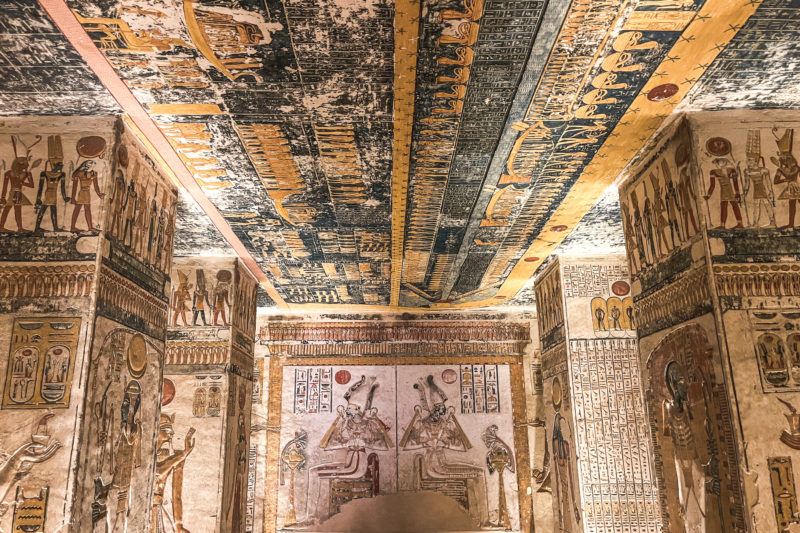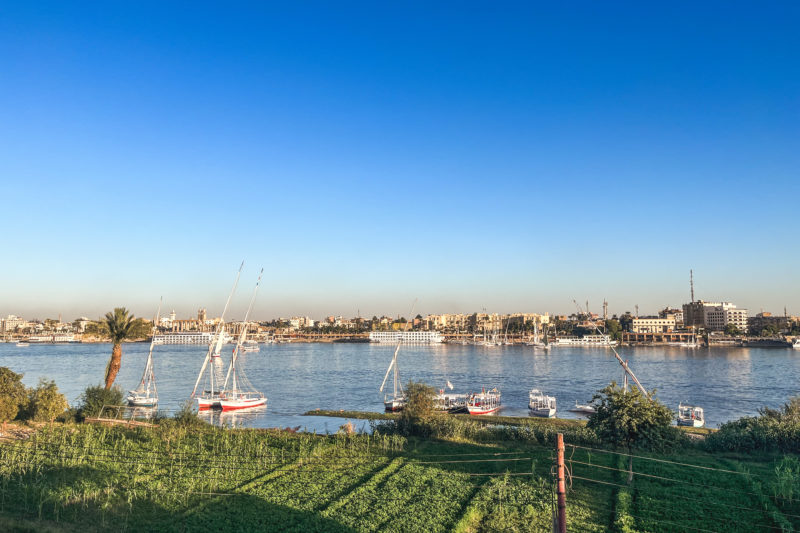Pu Luong Nature Reserve is a magnificent mountainous region famous for its picturesque landscapes, rural villages and rice terraces. Pu Luong is not yet on the tourist radar, making it an ideal destination for nature lovers looking for a relaxing, unique and unforgettable experience.
Pu Luong is a truly amazing destination if you like to explore off-the-beaten-track destinations and want to get an idea of what Vietnam was like before tourism took hold.
Yes, Pu Luong is certainly worth a visit, but it may not be the ideal destination for everyone. Pu Luong is a fairly isolated region. Yes, there are picturesque villages and landscapes, but when it comes to tourist infrastructure, it’s a bit of a desert.
That’s why we combined our visit with the discovery of Mai Chau, on an organized tour departing from Hanoi.
Information on Pu Luong
Pu Luong (Pù Luông) lies on the border between the provinces of Hoa Binh and Thanh Hoa, around 160 km southwest of Hanoi. With its rice paddies, palm groves, waterwheels and waterfalls, Pu Luong is a popular weekend destination for locals, but welcomes relatively few foreign visitors.
I mentioned Mai Chau here as a destination off the beaten tourist track, yet the region is developing and attracting more and more visitors, making Pu Luong a truly off-the-beaten tourist track destination.
WHAT TO DO IN PU LUONG ?
There’s no shortage of activities in Pu Luong, but they include much the same as in Mai Chau: bike touring, relaxing and learning about ethnic cultures. However, Pu Luong is a region renowned for its many scenic walks.
The Pu Luong Nature Reserve was created in 1999 to protect the region’s biodiversity. Within the reserve, you’ll find a mix of pristine forests and cultivated rice terraces. It’s an ideal landscape for hiking.
Visit a chopstick factory
The residents of Pu Luong, keen to preserve their environment, have identified bamboo as an ideal resource for the manufacture of chopsticks, combining lightness, durability and respect for the environment.
On the way to the nature reserve, we stopped off at a chopstick factory. The tour is very brief, but offers a detailed insight into the creation process, highlighting techniques handed down from generation to generation.



Let’s just say it’s very impressive to see how quickly everyone does their job, while working with dangerous machinery and no protection whatsoever.
Hiking in the rice fields
There aren’t any official routes, but there are plenty of opportunities to get out and about in the area. We had a guide with us, but I can’t tell you what our itinerary was. What I can say is that we were in Thanh Lam commune and Ba Thuoc district. And that we hiked in the rain, despite having travelled during the dry season – which is a highly inappropriate term, as we didn’t have a single day in the two weeks we spent there when it didn’t rain.






I’ll tell you a bit about the rice paddies and their culture, as it was very interesting to learn more from our guide here in Pu Luong but also in Mai Chau.
In Vietnam, rice cultivation takes place in two major acts: the water dance during the rainy season and the big harvest during the dry season. During the rainy season, from May to November, it’s as if nature decides to organize a giant swimming pool for the rice plants. Clever Vietnamese farmers use terraces to allow rainwater to stagnate while pouring onto the plants below, allowing them to flourish evenly.
When the dry season arrives, from November to April, it’s time for the big show: the rice paddies take on a golden hue, and the farmers turn into harvest artists. The fields become the scene of frenetic activity, with families and neighbors gathering to reap the fruits of months of sweat. So, even though it was February, we felt as if we’d arrived in the rainy season, as we looked out at the landscapes stretching out in front of us – beautiful, but drenched in water.
But there’s more to the story of the rice paddies than this agricultural choreography. Some festivals and rituals add a spiritual touch to it all. Farmers hold thanksgiving ceremonies to honour the spirits of the land and water, hoping to gain their blessing for a bountiful harvest. More than just a source of food, rice cultivation in Vietnam symbolizes perseverance, community and the intimate bond between man and nature. It’s a living heritage that shapes the identity of Vietnam and its people, offering the world a spectacle both magnificent and symbolic.
This is what you need to bear in mind when strolling through the Pu Luong nature reserve. For even if the weather is dreary with its greyish character and light rain, you can imagine the beauty of the place when the plants are ready to be harvested.









The walk reminded me of the hike I had undertaken in the pristine Sinharaja forest in Sri Lanka.


HOW TO GET TO PU LUONG AND WHERE TO SLEEP
We travelled on an organized tour and therefore slept in Mai Chau, the first stop on our two-day itinerary.
As I said in my introduction, Pu Luong is not a tourist destination. Despite this statement, several guesthouses are springing up and developing.
What’s more, a new road leads to Pu Luong, making it easier to reach key locations such as Hanoi and Ninh Binh. Since the end of 2022, buses have been running from both cities to Pu Luong, offering a direct, non-stop journey. For more information, visit 12GoAsia or Bookaway.
